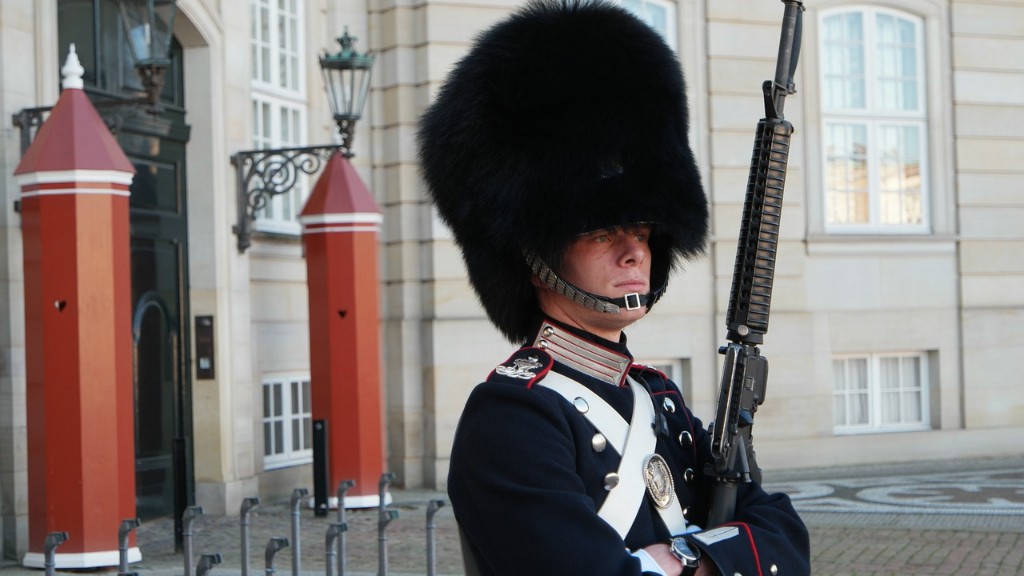Denmark Traditional Food
Denmark, a country in Northern Europe, is known for its rich culinary traditions deeply-rooted in history. Danish cuisine combines the simplicity and freshness of Nordic ingredients with unique flavors that have been passed down through generations. In this article, we will explore the fascinating world of Denmark’s traditional food, from hearty dishes to delightful sweets.
The Influence of Geography and Climate
The geographical location and the climate of Denmark have significantly influenced its traditional food. Surrounded by the sea, Denmark benefits from an abundant supply of seafood, which plays a crucial role in Danish cuisine. Popular seafood dishes include pickled herring, smoked salmon, and fishcakes. The proximity to forests and fertile farmland also contributes to the richness of ingredients used in Danish dishes. Fresh vegetables and berries, such as potatoes, cabbage, and lingonberries, are common staples.
The Iconic Smørrebrød
When discussing traditional Danish food, one cannot overlook the iconic smørrebrød. These open-faced sandwiches are a national culinary treasure and are enjoyed by people of all ages. Smørrebrød traditionally consists of a slice of rye bread topped with various ingredients like pickled herring, liver pâté, or shrimp. The combinations are endless, and each region in Denmark has its own twist on this beloved dish. Smørrebrød is not only delicious but also visually appealing, often garnished with fresh herbs, cucumber slices, or caviar.
The Art of Baking
Baking is deeply ingrained in Danish culture, and the country is famous for its pastry traditions. One of the most renowned Danish pastries is the flaky and buttery cinnamon-flavored treat called the “Danish.” These pastries, known as “wienerbrød” in Danish, come in various shapes and fillings, including custard, jam, and almond paste. Danish bakeries, known as “bagerier,” are found on almost every street corner, enticing passersby with the irresistible aroma of freshly-baked goods.
Hygge: The Danish Way of Coziness
Food in Denmark is not just about nourishment; it encompasses a philosophy of embracing warmth, comfort, and togetherness. The concept of “hygge” perfectly encapsulates this Danish way of coziness. It is about creating a warm and inviting atmosphere, where friends and family gather to enjoy good food and pleasant company. Traditional dishes like hearty stews, such as “stegt flæsk” (fried pork belly) or “frikadeller” (meatballs), evoke a sense of home and are often enjoyed during festive occasions.
Fermentation: A Tradition Preserved
Fermentation is a culinary technique that has been used in Denmark for centuries to preserve food. One such example is “surstrømming,” a type of fermented Baltic Sea herring that is notoriously strong-smelling. While surstrømming is not for the faint-hearted, it holds a special place in Danish tradition and is often enjoyed on special occasions, accompanied by strong-flavored accompaniments like raw onions and dark bread. This culinary tradition reminds us of Denmark’s history and the resourcefulness of its people.
An International Culinary Influence
In today’s globalized world, Danish cuisine has also been influenced by international flavors and techniques. Renowned Danish chefs, such as René Redzepi of Noma, have brought Nordic gastronomy to the forefront of the culinary scene. They combine traditional Danish ingredients with innovative cooking methods, creating dishes that are both visually stunning and delicious. This blend of tradition and innovation reflects the evolving nature of Danish cuisine.
The Enduring Legacy of Danish Food
Denmark’s traditional food has stood the test of time, reflecting the country’s rich history and cultural heritage. It represents a way of life and creates a sense of identity for the Danish people. The dishes mentioned in this article are merely a snapshot of the broad range of delicacies that Denmark has to offer. Exploring Danish traditional food is a gastronomic adventure that immerses visitors in the country’s vibrant culinary tapestry.


